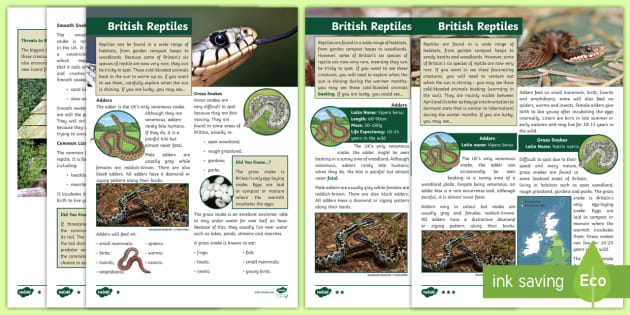

Reptiles are cold-blooded animals that are characterised by their scales and their ability to lay eggs.
They include animals like crocodiles, snakes, lizards and turtles. Snakes are reptiles!
Reptiles are tetrapod vertebrates, meaning that they all have back-bones and that the majority have four legs, with snakes being the exception. As most reptiles’ skin is made up of scales, this means that they often shed the outer layer of their skin. Some do this quicker than others, but it’s usually all down to the temperature of their environment – so, where they live!

Some well-known examples of reptiles include animals like crocodiles, snakes (check out our Dangerous Snakes of the World Worksheet), lizards and turtles. You will have heard of these, but did you know that there are many types of reptiles that you might not have heard of? Let’s explore the different types of reptiles below!
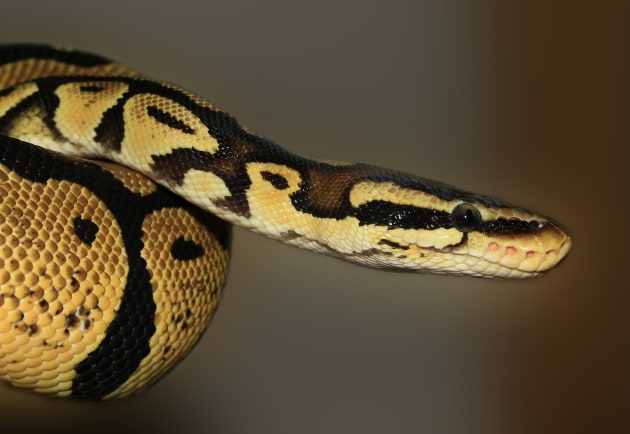
Snakes are reptiles with long, thin bodies and no legs. There are more than 3,000 species of snakes in the world, and they live everywhere except in Antarctica, Iceland, Ireland, Greenland, and New Zealand.
There are some lizards that look like snakes because they have no legs, but the way to tell the difference between them is that lizards have eyelids and snakes don’t!
Nearly all snakes are covered in scales, which serve two main purposes: they help trap moisture in arid climates and reduce friction as the snake moves.
Crocodilians comprise a range of large reptiles, including alligators, crocodiles, caiman and gharials. They are ferocious predators and can be found all around the world. The larger species are able to devour large mammals, from antelope to bison. Others prey on smaller animals, and some feed on fish.
There are two types of crocodiles, depending on the environment in which they live: freshwater and saltwater. The saltwater crocodile is one of the biggest reptiles in the world!
Alligator species are mostly found in the Americas, while crocodile species can be found in Africa, Asia, and Australia.
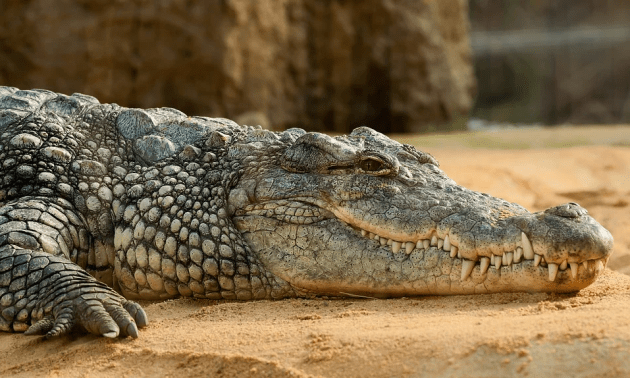
Chameleons mostly live in the rain forests and deserts of Africa. Lots of chameleons are able to change colour, which helps them attract mates, regulate their body temperature, and keep intruders away.
A veiled chameleon is also known by its scientific name Chamaeleo calyptratus. They live up to eight years and can grow up to 24 inches. You’ll be happy to hear that the veiled chameleon isn’t close to going extinct – this means we can expect to see these cool reptiles around for many years to come! They have a very distinct look as they have a pointed head, but what makes this even more interesting is that they use this structure to channel water into their mouths.
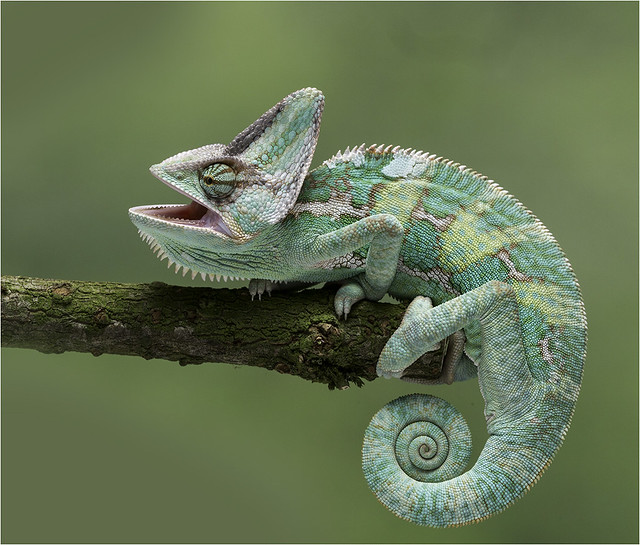
One of the most fascinating things about the veiled chameleon is that it can change colour! How cool is that? This makes the chameleon one of the more popular types of reptiles, as lots of us find the colour changing nature captivating. These reptiles can change colour by loads of pigmented cells in their skin. The colour they change to can often mimic their surroundings or to assert their dominance. In other words, show others who’s boss! This makes this type of reptile pretty unique.
Tortoises and turtles have been around for nearly 200 million years, and very little has changed about them in that time!
Though they look similar, tortoises are usually found living on dry land and have round, stumpy legs. Turtles, on the other hand, spend much of their time in the water, and many have adapted webbed feet to help them swim in ponds and rivers. In fact, feet are a useful way of telling apart a tortoise from a turtle! Tortoise feet typically look like tiny elephant feet, whereas semi-aquatic and aquatic turtles have webbed feet. It is only the sea turtle that has true flippers.
The Indian Star Tortoise is another popular type of reptile and can be found in Asia. They can live up to 80 years and can only travel less than one mile per hour. This means that they are very slow! This tortoise, like many others, is actually popular in the exotic pet trade, so you can expect many people to have tortoises as pets in their own homes.
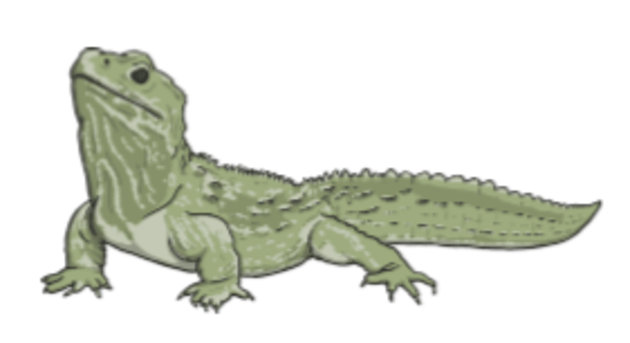 Lizards are one of the most common types of reptiles, with over 6,000 species worldwide. Many lizards live on the ground, but there are also some species that live in trees, and others underground, like the worm lizard.
Lizards are one of the most common types of reptiles, with over 6,000 species worldwide. Many lizards live on the ground, but there are also some species that live in trees, and others underground, like the worm lizard.
A lizard’s diet usually consists of insects and other small animals, and some lizards simply enjoy plants. However, there are larger lizards, like the monitor lizard, that preys on animals as big as deer!
Similar to snakes, lizards shed their skin. However, unlike snakes, their skin usually peels off in large chunks rather than all at once.
Here at Twinkl, we create excellent resources to make lessons as engaging and enjoyable as possible. Of course, we make sure that our activities fit nicely into the curriculum, too! To get your classroom excited about different types of reptiles, check out our teacher-made Differentiated Reading Comprehension Activity all about British reptiles. In this resource, you can expect to find three pages of informative content about reptiles and some questions to follow.
Other types of reptiles include animals such as iguanas, geckos, tortoises and so much more! They can either live on land or water.
Reptiles can be found on most continents except Antarctica.
In Britain, common reptiles include Britain's only venomous snake, the adder, as well as grass snakes and common lizards. There are six native species of reptiles in the UK: three snakes (grass, smooth, and adder) and three lizards (common, sand, and slow worm). There are some species that have been introduced to the UK.
Reptiles can be found in a variety of habitats, from compost heaps to woodland areas.
In Britain, reptiles are easier to see basking in sunny areas. Chances are that if you ever see a snake, as a reptile, it will be enjoying the sunshine to warm itself up.
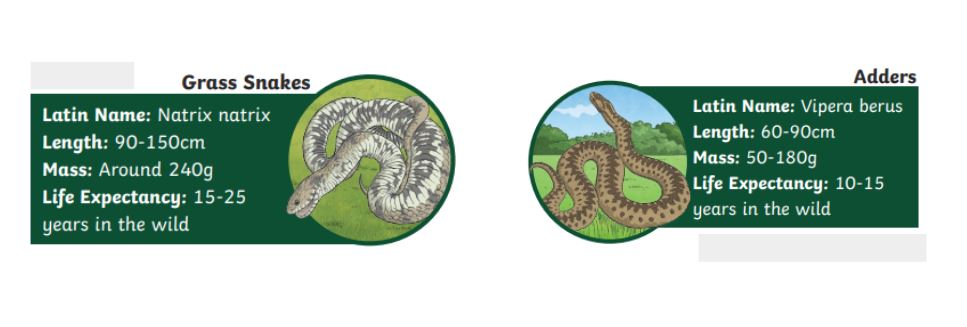
Unlike birds and mammals, reptiles do not maintain constant body temperature.
They do not have fur or feathers to keep warm, or sweat glands and the ability to pant to help them cool down.
Because of this, they actively need to seek sunlight or shade to help maintain their body temperature.
This makes them cold-blooded animals with slow metabolisms. Snakes are reptiles, as you might have guessed, because they are scaly creatures who mostly lay eggs to reproduce.
Reptile reproduction is also dependent on temperature.
Most reptiles lay their eggs in a simple nest and leave, waiting for them to hatch.
This can take as little as a few days or as long as a few months, depending on the species.
The soil temperature around the nest helps determine what proportion of the eggs will hatch to be male or female.
Most infant reptiles can walk, move or swim within hours of their birth.
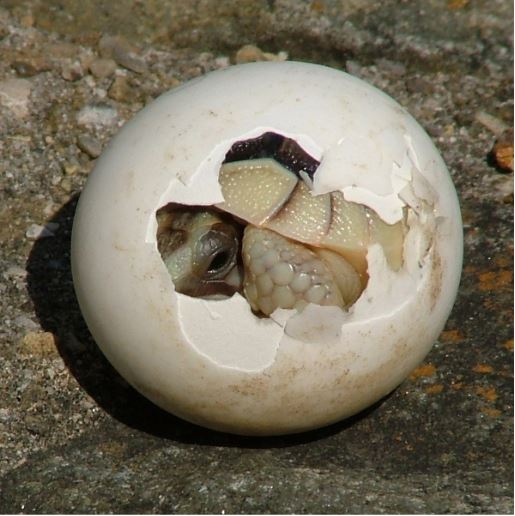
Although snakes are reptiles and therefore lay eggs, boas and pythons give birth to live young.
Adaptation - a characteristic of an organism that increases its chance of survival in its environment.
Camouflage - the colouration and/or shape of an organism that allows it to blend in with its surroundings (also known as “cryptic colouration”).
Cold-blooded - an animal that is unable to automatically control its body temperature. Instead, body temperature is dependent on the temperature of its environment.
Environment - the conditions that affect an organism, such as plants, animals, water, soil, weather, landforms, and air.
Food chain - the transfer of energy through various stages as a result of the feeding patterns of a series of organisms.
Habitat - a place in an ecosystem where an animal, plant, or other organism lives.
Mammal - a warm-blooded, vertebrate animal.
Predator - an organism (usually an animal) that preys on and consumes other animals.
Prey - an organism caught or hunted for food by another organism
Scales - the shield of skin that protects a reptile. Reptilian scales are made of keratin, like hair, and are found in an overlapping arrangement.
Vertebrates - an animal that has a vertebral column (backbone or spinal column).
Reptiles Display Photos - This fantastic set of colour photographs features some of the most well-known reptiles, from reptiles native to Britain, to the magnificent Komodo dragon from the islands in southeastern Indonesia!
Reptile Word Mat - This word mat is excellent for supporting children alongside their independent writing about reptiles. Each word is paired with a colourful, hand-drawn illustration to help your children remember the key words.
KS1 Crocodiles Fact File - This fact file explains all about crocodiles, including their appearance, habitat and diet. Children can learn interesting facts about these ancient predators in a simple, easy-to-read way. A great kick-starter activity for a research project.
 Home
Home  Membership
Membership  Customer Support
Customer Support  Create
Create  Blog
Blog 

